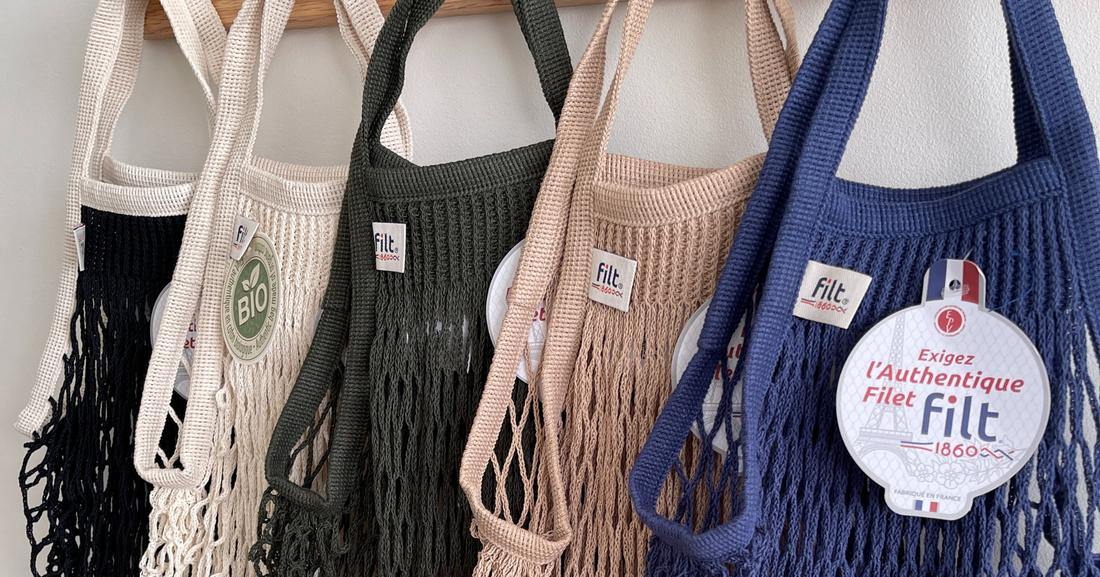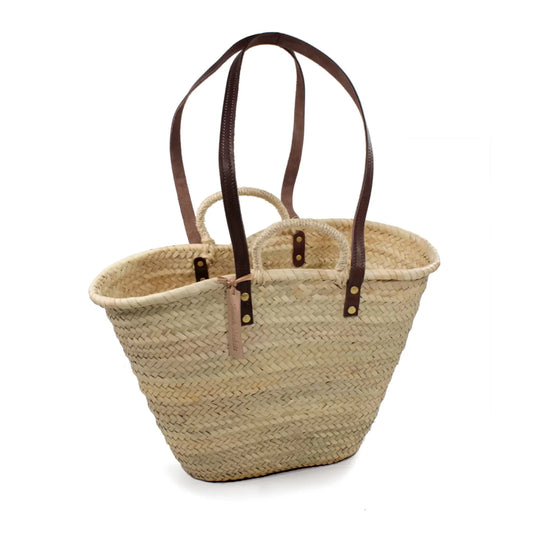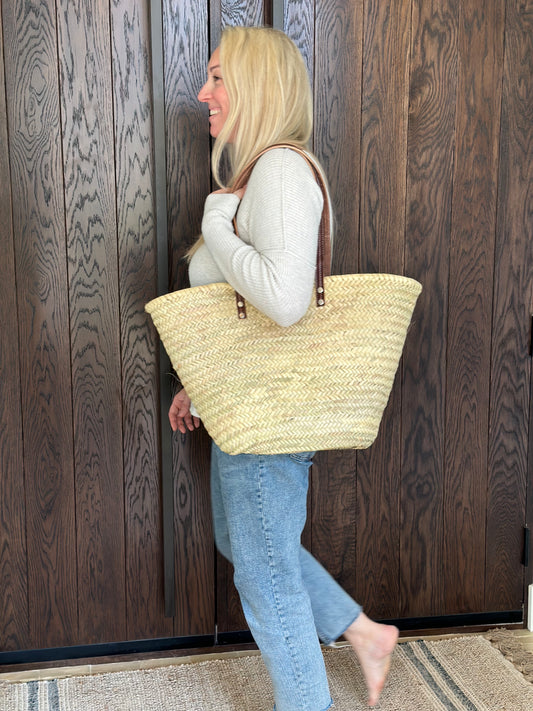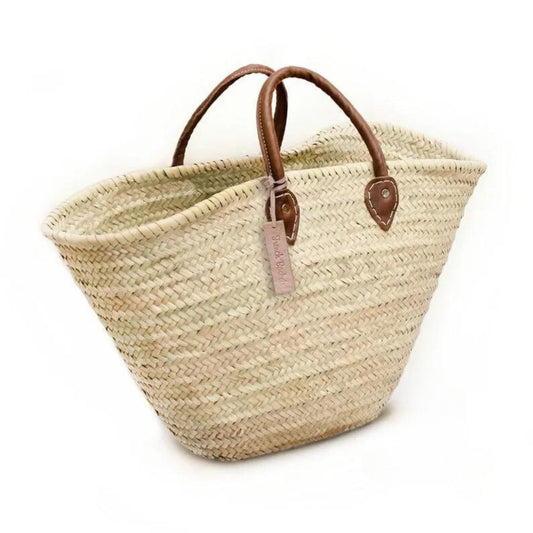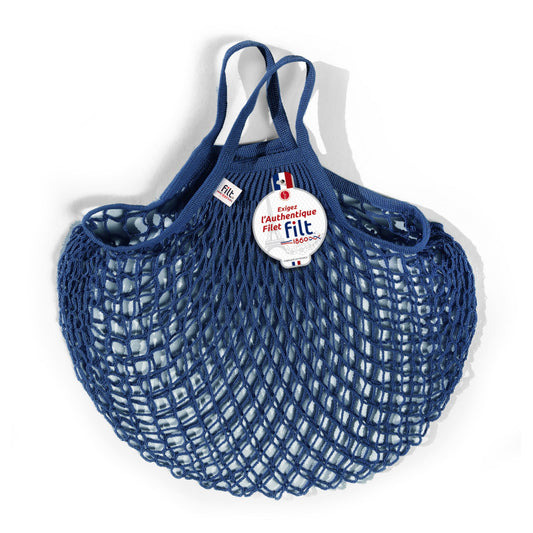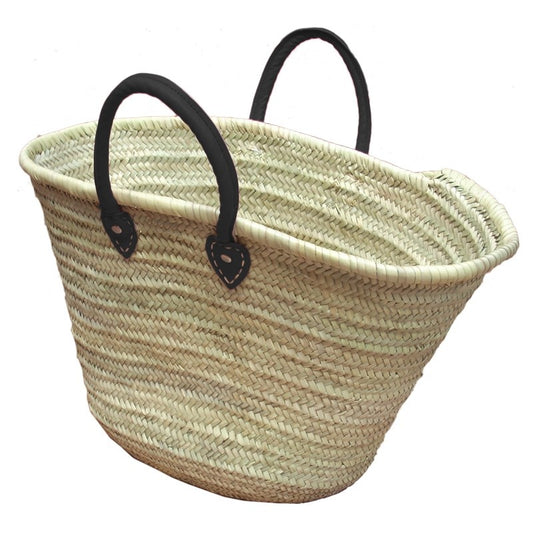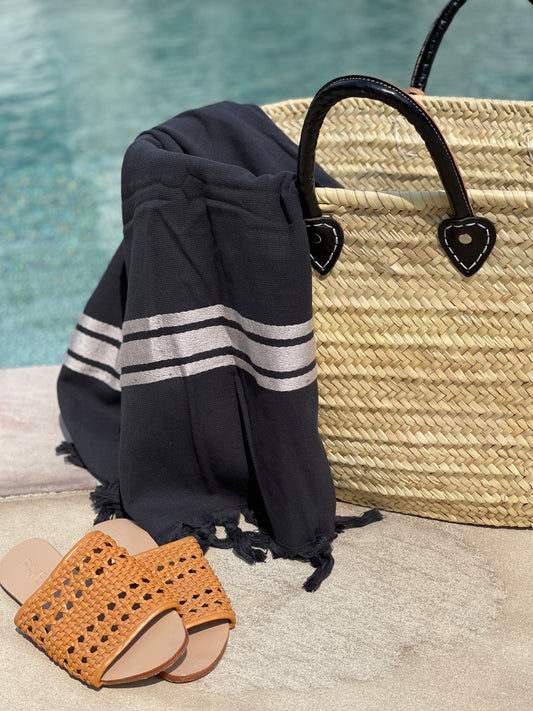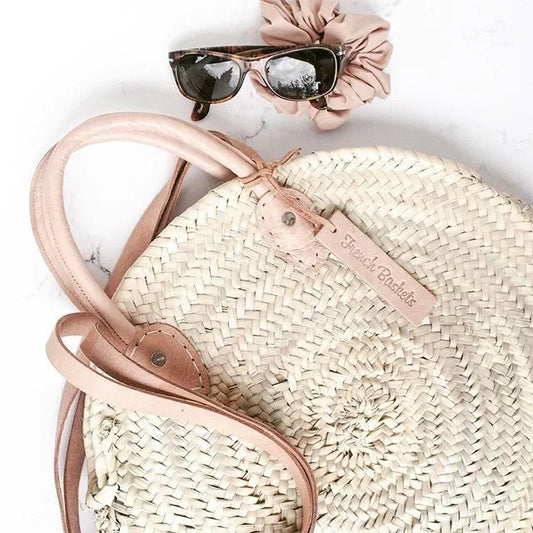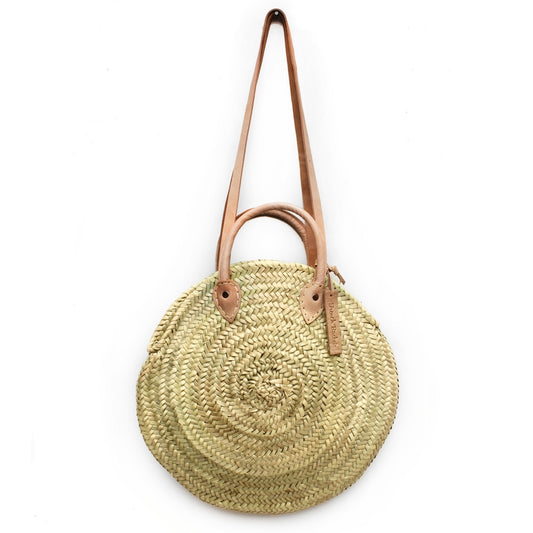In an era where sustainability and eco-friendliness are increasingly prioritized, the French net produce bag has made a notable comeback. These simple yet elegant bags have a rich history that stretches back over a century. Their resurgence today highlights a timeless design that is both practical and stylish. Let’s take a look back at the history of the French net produce bag and explore its journey from a humble beginning to a modern-day essential.
Origins in Normandy
The story of the French net produce bag, or "filet à provisions," begins in the early 19th century in Normandy, a picturesque region in northern France. Originally crafted by local fishermen, these bags were made from cotton or linen, materials readily available and durable enough to carry heavy loads of freshly caught fish. The fishermen’s wives soon saw the potential of these bags for daily market use, appreciating their flexibility and strength.
Popularity in the 1920s
By the 1920s, the net bag had transcended its coastal origins and gained widespread popularity across France. This period, marked by economic hardship and resourcefulness, saw French citizens embracing the net bag for its practicality and reusability. The design was simple yet effective: an open-weave pattern that allowed the bag to stretch and accommodate a variety of goods, from baguettes to fruits and vegetables.
The interwar period was also a time of technological advancements. The introduction of the industrial loom allowed for mass production of the net bags, making them more accessible and affordable. The French government even promoted their use as a means to save on materials and reduce waste, an early nod to sustainability.
The Post-War Decline
The net produce bag enjoyed decades of popularity, but its prominence began to wane in the post-World War II era. The arrival of plastic in the 1950s and 60s brought about a shift in consumer habits. Plastic bags, which were cheap and convenient, quickly became the norm, pushing the net bag into relative obscurity. For a time, the practical and eco-friendly design was overshadowed by the allure of modern convenience.
A Sustainable Revival
In recent years, the French net produce bag has experienced a renaissance. As environmental awareness grows and consumers seek sustainable alternatives to plastic, the mesh bag has re-emerged as a symbol of eco-conscious living. Modern iterations of the bag often incorporate organic cotton or other sustainable materials, aligning with today’s green values.
The Future of the French Net Produce Bag
The resurgence of the French net produce bag is more than just a trend; it’s a return to a more mindful way of living. As we continue to deal with the environmental challenges of our time, the principles embodied by these bags—sustainability, durability, and simplicity—offer a valuable lesson. The history of the French net produce bag reminds us that sometimes the best solutions are those that have stood the test of time.
In a world increasingly dominated by disposable products, the French net produce bag stands out as a testament to ingenuity and sustainability. Its journey from the fishing villages of Normandy to the bustling farmers' markets and trendy boutiques of today is a remarkable story of resilience and adaptation.
Whether you’re carrying groceries, heading to the beach, or simply looking for a stylish way to reduce your environmental footprint, the French net produce bag is a perfect choice. Embrace this piece of history and carry a bit of French tradition with you, wherever you go.
